Capel Garmon Church
There have been a series of churches in Capel Garmon, the latest of which is the now closed, this being St Garmon’s Church that was built in 1862. In his ‘Welsh folk-lore’ (1887) Elias Owen recounts the following legend he heard pertaining to the church in Capel Garmon from his friend Rev. Owen Jones of Pentrevoelas.

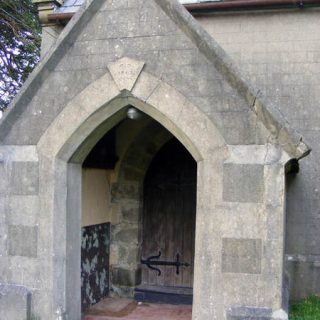
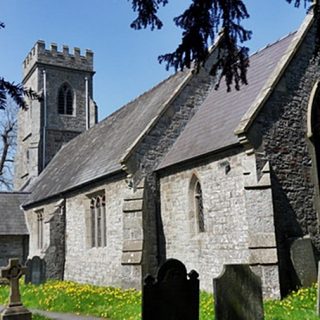
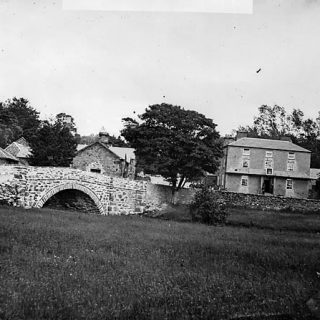
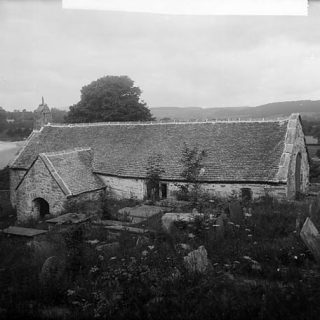



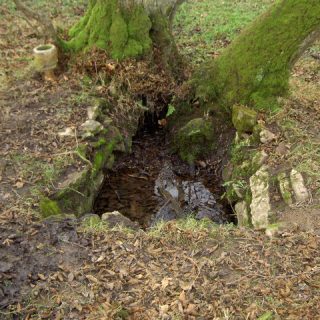

Recent Comments